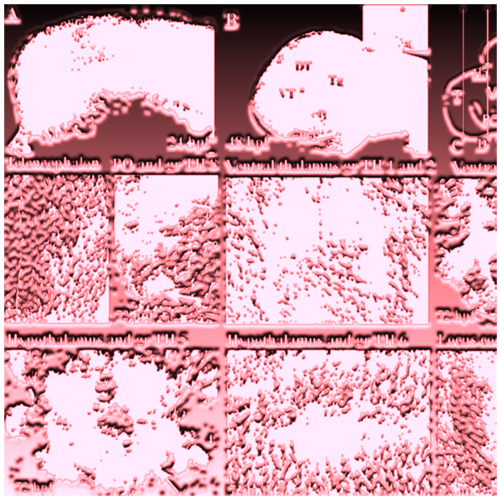- Home ·
- Publications ·
- Research Area F ·
- 2008 ·
NR4A2 controls the differentiation of selective dopaminergic nuclei in the zebrafish brain
13-Aug-2008
Maryline Blin, William Norton, Laure Bally-Cuif, Philippe Vernier
MCN, 2008, 39 No.4, 592-604 published on 01.12.2008
Molecular and Cellular Neuroscience, online article
Molecular and Cellular Neuroscience, online article
The orphan nuclear receptor NR4A2/Nurr1 is mandatory for the terminal differentiation of mesencephalic dopamine neurons in mammals, but a similar role has remained elusive in the homologous area of the fish brain, the posterior tuberculum. Using loss- and gain-of-function experiments in zebrafish, we show that NR4A2 is indeed responsible for the expression of tyrosine hydroxylase (TH) in selective subpopulations of dopamine cells in the posterior tuberculum, as well as in the pretectum, preoptic area and telencephalon. Cross sections of the neural tube reveal that cells expressing the proliferation marker PCNA, NR4A2 and TH are aligned along a mediolateral progression rather than overlapping populations, suggesting that NR4A2 does not simply regulate TH expression but also controls more general steps of progenitor commitment towards the fully differentiated DA neuronal state. Finally, in line with NR4A2+/− heterozygote mice, NR4A2 morphant fish are hyperactive. This behavioural phenotype is maintained throughout life, pointing to a developmental control of locomotor activity by NR4A2. Our results shed new light on NR4A2 function in the DA differentiation pathway, and stress the effect of DA dysregulation on the control of locomotor activity.











